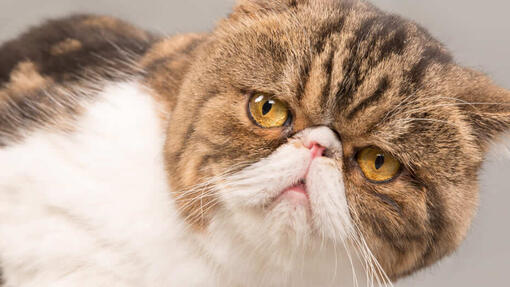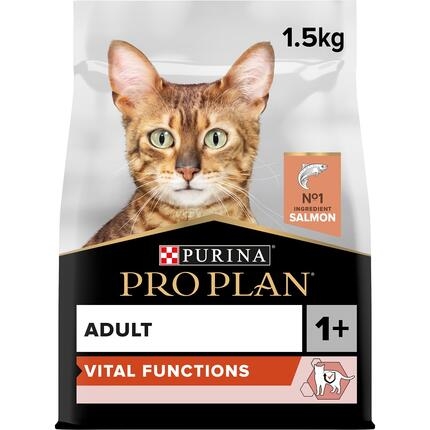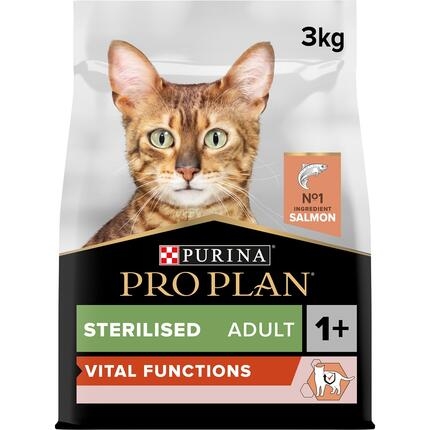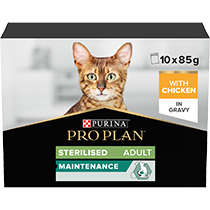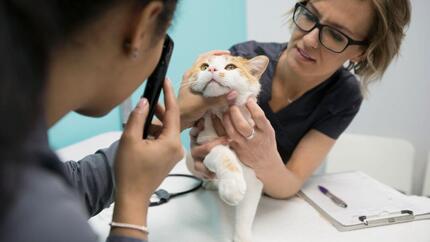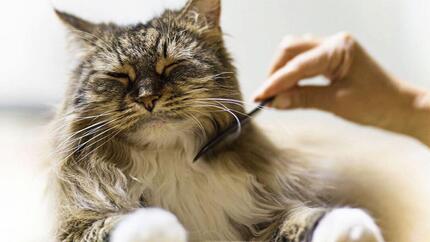Breathing Problems in Flat-faced Cat Breeds
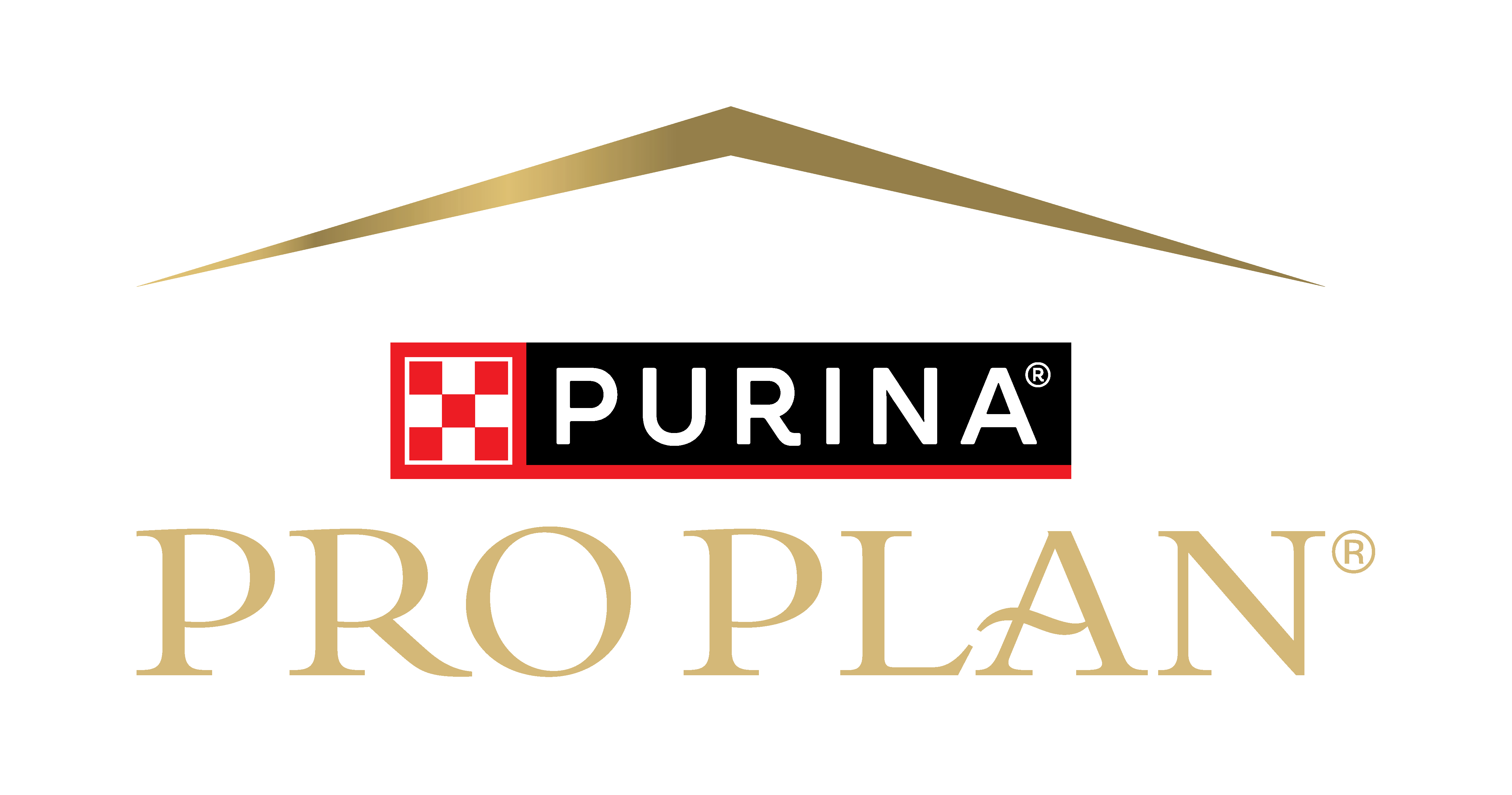

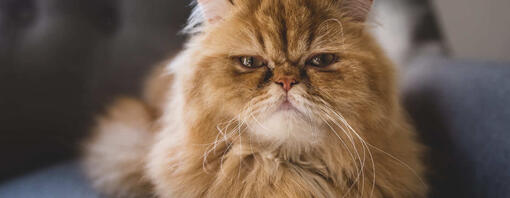
Flat faced cats have become extremely popular in recent years with their smooshed faces, button like noses and doll-like eyes, but there’s a price to pay for this cute factor. The technical term for cats with these flat faces is ‘brachycephalic’, and there are tonnes of health risks that come with it.
If you’re considering a brachycephalic cat, keep reading to find out about the risks involved and how extreme breeding has negatively impacted the health and well-being of these felines.
What is a brachycephalic cat?
Brachy means shortened and cephalic means head, so to break it down, brachycephalic means shortened head and in brachycephalic cats this is because the skull bones are far shorter than the average, healthy cat. As the face and nose are more pushed in, their anatomy and soft tissue is altered which causes a wealth of physical problems.
Flat faced cats first became popular in the 1950’s when a kitten was born with a genetic mutation which gave them a flatter face. Over time this became very desirable, so more kittens were bred with this feature in mind. This extreme practice of breeding cats has become far worse as of late with the attempt to make them look more flat-faced, but this comes at the cost of their health and quality of life.
Brachycephalic cat breeds
Breeds currently classed as brachycephalic include:
- Exotic Shorthair
- Himalayan
- Persian
- Scottish Fold
- Chinchilla
- British Shorthair
- British Longhair
It’s important to remember that, within the breeds classified as brachycephalic, some individuals may be affected by this condition to a greater or lesser degree.
Do flat-faced cats have breathing problems?
Yes, many flat-faced cats have what is known as brachycephalic obstructive airway syndrome (BOAS). This syndrome involves a group of upper airway abnormalities which may include the following:
- Stenotic nares: extremely narrowed, small nostrils which restrict airflow.
- Elongated soft palate: the soft palate is too long for the length of their mouth, partially blocking the entrance to the windpipe (trachea).
- Hypoplastic trachea: the windpipe is smaller in diameter than normal.
- Everted laryngeal saccules: saccules are small sacs in the voice box (larynx); with this condition these turn outwards or get sucked into the airway with the pressure from the increased effort of breathing, causing further obstruction of airflow.
Stenotic nares and elongated soft palates are the two most common problems to affect flat-faced cats. Cats may just get one issue mentioned above, or they may get several.
Signs of brachycephalic airway syndrome in cats
Aside from the visual indicator of having a flatter face, cats may display additional signs, such as:
- Breathing through their mouth.
- Increased noise when breathing.
- Tiring easily – in extreme cases they may collapse after exercise.
- Coughing.
- Gagging.
- Retching.
- Vomiting.
Bear in mind that the additional signs of brachycephalic airway syndrome in cats listed above will vary and not all cats will show signs other than having a flattened face. If you’re concerned about your cat, take them to the vet ASAP.
Brachycephalic airway syndrome diagnosis
Vets can diagnose brachycephalic airway syndrome in cats through a visual examination of their conformation. Stenotic nares are diagnosed visually, whereas internal issues such as an elongated soft palate or everted laryngeal saccules may require sedation to be examined.
Brachycephalic airway syndrome treatment
Treatment will depend on your cat’s symptoms and how much they’re affected by the syndrome. If your cat’s overweight, your vet may suggest a weight loss program as the symptoms of brachycephalic airway syndrome can get far worse in obese felines. Additionally, exercise and stress levels may need to be controlled, and it may be that your cat will have to avoid hot temperatures.
Medical management may be necessary in the form of anti-inflammatory drugs and oxygen therapy to reduce airway inflammation, but it’s important to note that this will not cure the problem.
If your cat’s breathing is severely affected, surgery may be an option. With stenotic nares, a wedge of tissue can be removed from the nostrils which aids with airflow; elongated soft palates can be surgically shortened and everted laryngeal saccules can be removed to prevent obstruction.
Your vet will be able to suggest the best possible treatment based on the severity of your cat’s brachycephalic syndrome.
Additional flat-faced cat breed health problems
It’s not just cat’s breathing that can be affected by their abnormal bone structure, there are many other health problems which impact their eyes, face, teeth and even their reproductive systems.
Eye problems
As brachycephalic cats have large, protruding eyes, they can’t always close their eyelids properly which increases the risk of exposure keratitis (damage to the cornea due to dryness). They may also experience corneal ulcers (a defect or break through the layers that make up the surface of the eye) or sequestrum development (where part of the eye surface dies off and gets rejected by the remaining healthy cornea). Persistent epiphora (overflow of tears onto the face) is another issue which is due to the fact the tear ducts that protect their eyes can’t drain into their nose as it’s so deformed, leading to consistent tear staining.
Dental problems
Flat-faced cats have extremely short faces which means that their jaw is shortened, and their teeth don’t align properly. Due to this they can’t bite or chew properly, putting them at more risk of dental disease.
Birthing problems
This shortened bone structure has also been proven to be related to pelvic size, leading to a condition known as ‘dystocia’, meaning difficulty giving birth.
Skin problems
Brachycephalic cats tend to have excessive folds in their facial region, which makes them more prone to developing bacterial and fungal infections.
The final word on flat-faced cat breeds
Both Cats Protection and International Cat Care are working towards healthier breeding of cats – and this includes extreme brachycephalic breeds.
If you’re considering getting a brachycephalic cat, it’s really important to do your research first so you’re aware of how this condition can impact feline health – often resulting in much reduced quality of life, and if you still decide to purchase a brachycephalic breed, always ensure that your breeder is reputable, prioritises health, and has the interests of the cat and the breed in mind.
Want to find out more about cat health and symptoms you should be on the lookout for? Read our guide on seizures and cat epilepsy, next.
Recommended by Pro Plan:
Related articles:



